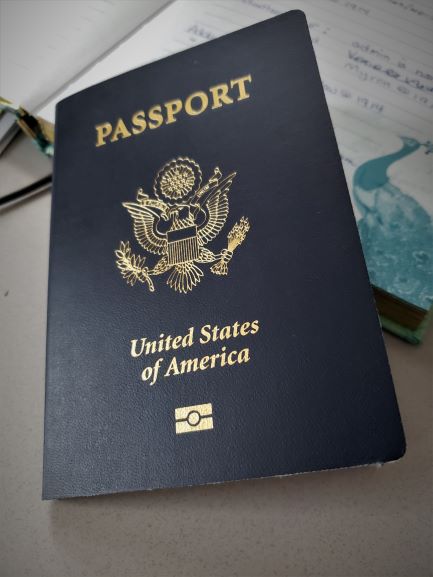New guest post by Jesse Clark

How to Find Quality Overnight Pet Care and Stop Worrying on Trips
It would be great to be able to bring your pet with you on all your travels. But sometimes you just can’t include your furry friend on your overnight trips. When your travel plans don’t include your pet, it can be stressful to figure out a care plan that you’re both comfortable with. And if you already work in a high-stress job (managers are typically under more stress than those who don’t oversee other people), you want to avoid compounding that stress by worrying about who will look after your pet while you’re away. After all, the point of a vacation is to unwind and get your mental and physical well-being back at a good point! Luckily, there are quite a few ways you can provide pets of all breeds and sizes with safe, happy care while you’re out of town. Below Travels and Escapes shares some of the best options:
Hire Someone to Stay in Your Home
Pets can be sensitive to change, and it just makes better sense to have them watched in your own home. Thankfully, in-home pet sitting is becoming more common and is a much more comfortable option for most pets. You can use sites such as Rover to find reliable dog sitters and cat sitters, who will care for your pet in your home. You can have your sitter stop in a few times a day or spend the night while you are away.
As an added bonus, having someone stop by or stay in your home can deter would-be criminals from breaking into your home. So hiring an in-home sitter gives your pet a break from the anxiety of boarding in a strange location, while giving you little more peace of mind that your pet and your home are all safe while you are traveling.
Find Reliable Boarding
Sometimes, hiring an in-home sitter may not work out or you may prefer to board your pet outside of your home. If you plan on boarding your pet in a facility, doggy daycare or vet’s office, make sure all vaccinations are updated, and make staff aware of any issues your pet may have interacting with other pets. Since boarding facilities and large daycares can be overwhelming for many pets, a better option may be to board your pet in someone’s home. You can find dog boarding that suits any breed, size or age. Check with your sitter to see if other animals will be in their home as well, and make sure your dog is socialized to be around any other pets or children that may be in the home.
Read Reviews and Ask for Recommendations
Whether you choose an in-home sitter, doggy daycare or boarding, making sure your pet is safe can cause anxiety. There are tons of options out there for pet care, but it takes a little research to determine which are the best for your pet. When you are starting your search for pet care, start by asking family and friends for recommendations. Word of mouth is a great way to find reliable care for your pet. Another option is to research online reviews to determine if your pet will be cared for properly while you’re away. Check online reviews for boarding facilities, sitters and doggy daycares.
Leave Detailed Care Instructions for Your Pet
No one will care for your pet exactly like you, but with a set of good instructions, your sitter or boarding facilities can come pretty close. Written instructions are essential if you decide to have a pet sitter stay in your home. You’ll want to note feeding instructions, medications needed and your pet’s daily routine, to help your sitter take better care of your pet.
For boarding and sitters, make sure you leave emergency contacts as well. Include contact information for your pet’s vet, the closest emergency vet and your own information, including your travel schedule. It’s also a good idea to have a friend or family member who will be in town serve as an emergency contact for your pet.
Travel shouldn’t be stressful for you, and it shouldn’t be stressful for your pet either. By finding a sitter or boarding option you can trust, you can ensure your best friend is taken care of and rest easy when your travels take you away from home, and away from your pet.
Photo Credit: Pixabay






